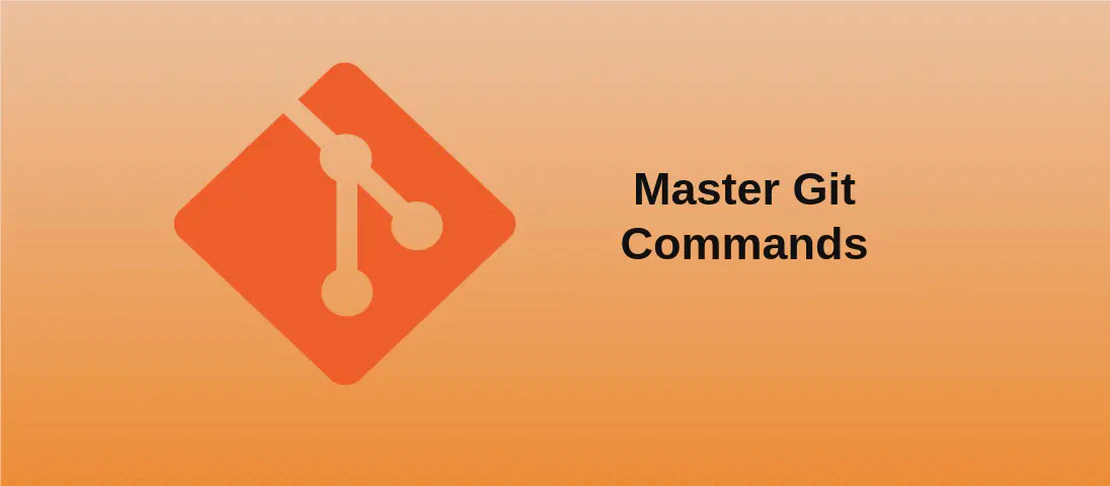
How to Use the Command 'serialver' (with examples)
The serialver command is a utility provided by Java to aid developers in maintaining serialization compatibility for classes across different versions of their applications. To ensure that a serialized object can be deserialized into the correct class version, Java requires a unique identifier called serialVersionUID. The serialver command allows developers to obtain this UID easily, thus helping maintain version consistency.
Use case 1: Display the serialVersionUID of a class
Code:
serialver MyClass
Motivation:
When developing Java applications that entail serialization, knowing the serialVersionUID of your class is critical to maintaining deserialization compatibility between different versions of the class. This command is useful when you have updated your class and need to check whether its serialVersionUID needs to be specified or regenerated.
Explanation:
serialver: This is the command that triggers the serial version UID generation utility in Java.MyClass: This is the name of the class for which you want to obtain theserialVersionUID. It is the fully qualified name, meaning it should include the package if it belongs to one (e.g.,com.example.MyClass).
Example Output:
MyClass: static final long serialVersionUID = 1234567890123456789L;
In this output, the generated number (1234567890123456789L) is the serialVersionUID, which should be added to the MyClass to ensure serialization compatibility.
Use case 2: Display the serialVersionUID for a colon-separated list of classes and resources
Code:
serialver -classpath /path/to/directory MyFirstClass:MySecondClass
Motivation:
This use case is essential when dealing with applications that organize their classes across multiple directories or during a batch update process where you check multiple classes’ serialVersionUIDs simultaneously. It helps streamline the maintenance process by allowing a check on several classes at once, preventing errors associated with missing or erroneous UIDs.
Explanation:
serialver: This is the command being used to retrieve theserialVersionUID.-classpath /path/to/directory: This option specifies the directory that contains the compiled classes. It’s crucial if your classes are not located within the current working directory.MyFirstClass:MySecondClass: A colon-separated list of classes for which you want to query theserialVersionUID. The classes should be within the specified classpath.
Example Output:
MyFirstClass: static final long serialVersionUID = 9876543210123456789L;
MySecondClass: static final long serialVersionUID = 1357924680123456789L;
Each class in the list is displayed with its corresponding serialVersionUID, aiding in verifying and updating multiple classes’ serialization identifiers.
Use case 3: Use a specific option from the reference page of Java application launcher to the Java Virtual Machine
Code:
serialver -J-Xmx512m AnotherClass
Motivation:
In complex projects or environments running on limited memory, you might need to pass specific Java Virtual Machine (JVM) options such as memory settings or custom configurations to the serialver utility. This is particularly useful in scenarios where you anticipate high memory consumption due to the number of classes being analyzed or when operating in constrained environments.
Explanation:
serialver: The command used to access Java’s serial version UID utility.-J-Xmx512m: This option specifies a JVM configuration, in this case, setting the maximum memory allocation pool for the JVM to 512 megabytes. This is used to ensure that memory-related issues do not arise during the UID retrieval process.AnotherClass: The name of the class for which theserialVersionUIDis required. It allows you to specify which class you are interested in querying.
Example Output:
AnotherClass: static final long serialVersionUID = 112233445566778899L;
The command’s output provides the serialVersionUID, ensuring you have reliable serialization support even in constrained operational conditions.
Conclusion:
The serialver command is an essential utility for Java developers handling serialization. Knowing how to use it effectively can ensure your applications maintain compatibility across class versions, prevent errors during deserialization, and streamline processes in complex project setups. Whether you’re working with individual classes, batch processing with multiple directories, or needing specific memory configurations, the serialver command provides the necessary tools to manage serialVersionUIDs effectively.

